Building a Simplex Hotspot (MMDVM) Hardware
Contents:
- Introduction
- What is a Hotspot?
- Hotspot Hardware
- MMDVM
- Hardware Construction
- Further Reading
[Top][Home]
Introduction
This is a simple setup guide to assemble your Simplex Hotspot hardware. Credit for much
of this material goes to VK4MWL in his setup guide,
VK4MWL-VKDMR_Hotspot_Setup_v1.3.pdf
[Top][Home]
What is a Hotspot?
A Hotspot is like a mini repeater with a limited range due to the low power output of approximately 10mW.
Your handheld connects to the Hotspot using RF and then the hotspot connects to the DMR Server over the
internet.
A hotspot is useful for areas that do not have easy access to the local DMR repeater.
If a repeater is available it should be used in preference to a hotspot.
Unfortuantly, by far the majaority of hotspots in service are simplex, That is they have
only one radio chip. At a litytle extra cost a duplex hotspot with two radio chips are
superior as it allow the hotspot to operate on both TDMA slots similtaneaously.
[Top][Home]
Hotspot Hardware
There are several different Hotspots on the market. This document covers the
chinese made Jumbospot MMDVM Hotspot,
also known and the Zumspot nwhich was the original MMDVM board that was designed by
Jim Mclaughlin, KI6ZUM, based on the MMDVM work by Jonathan Naylor, G4KLX and others,
with firmware by Andy, CA6JAU.
This guide uses the following components:
- Raspberry Pi Zero W (Single Board Computer that runs Linux)
- Jumbospot MMDVM board (Multi Mode Digital Voice Modem - UHF Radio Board)
- OLED Display (Usually supplied with the MMDVM board)
- Metal Case
- UHF Antenna
- 16GB MicroSD memory card
- Dual row header pins
These parts can be sourced separately or purchased as a kit.
VKDirect (https://vkdirect.com.au).
have kits available.
Alternatively you can buy parts from the below websites :-
- https://core-electronics.com.au/ (Raspberry Pi, Power Supply, SD Card)
- Aliexpress
- eBay
Raspberry Pi Zero W
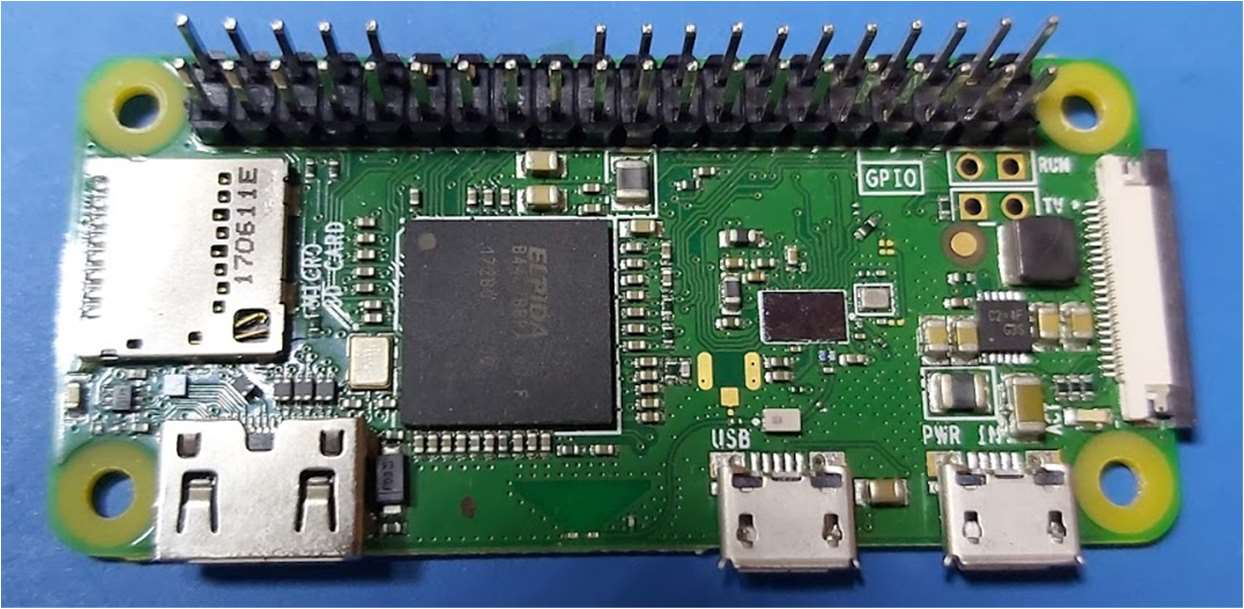
There are two versions of the Raspberry Pi Zero W and Raspberry Pi Zero WH. The “W” version does not
come with headers and the “WH” version includes headers pre-soldered.
If you get the one with headers already soldered as shown in the photo here you will need snip pins
12,14,16,18 so they do not interfere with the pins from the OLED display.
The MMDVM boards come with 2 sets of 2x5 header pins that can be soldered to the Raspberry Pi, so if
you can solder in the pins, I recommend that you buy the Raspberry Pi Zero W as it is cheaper.
[Top][Home]
MMDVM
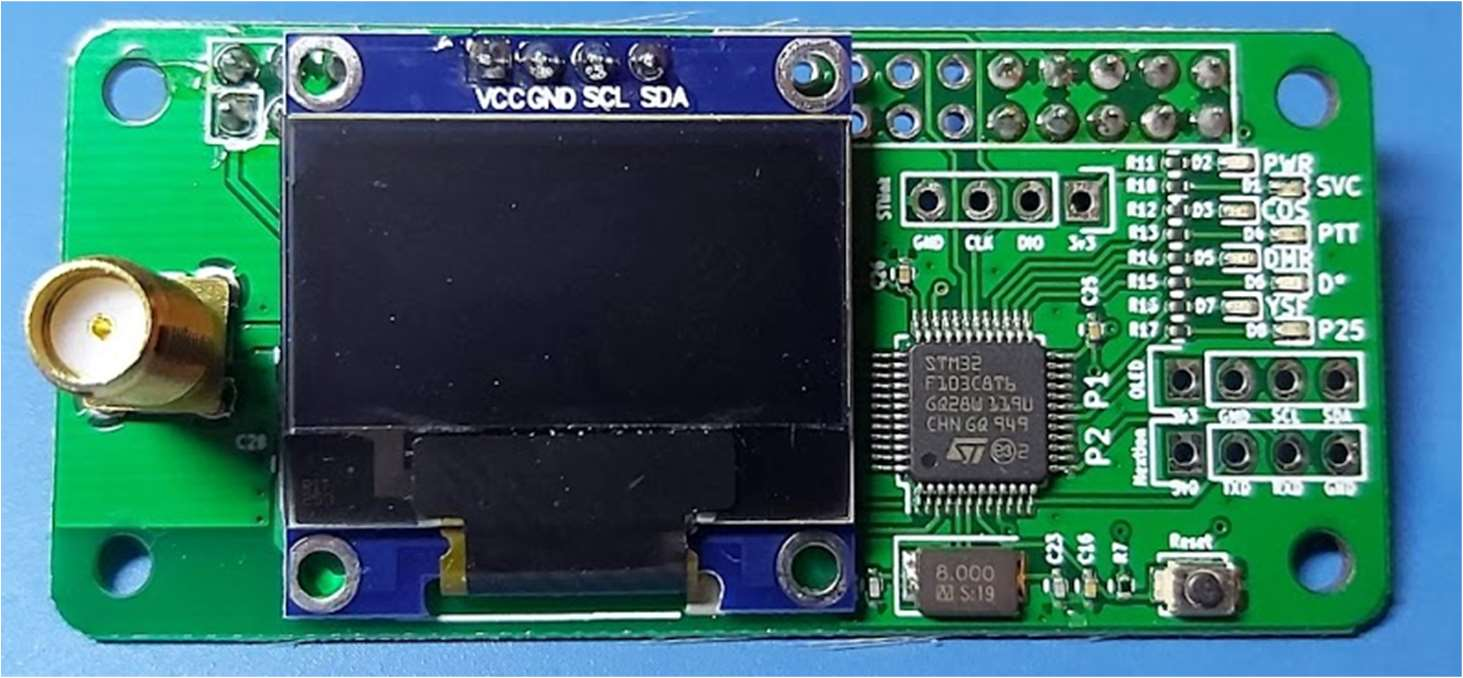
This board provides the RF interface between the Raspberry Pi and your DMR radio.
[Top][Home]
Hardware Construction
- Solder the 2 sets of 2x5 header pins to the component side of the Raspberry Pi Zero W where
required
- Separate the 2 case pieces. Note that one end has an oval hole this must line up with the SDCard
slot of the Raspberry Pi
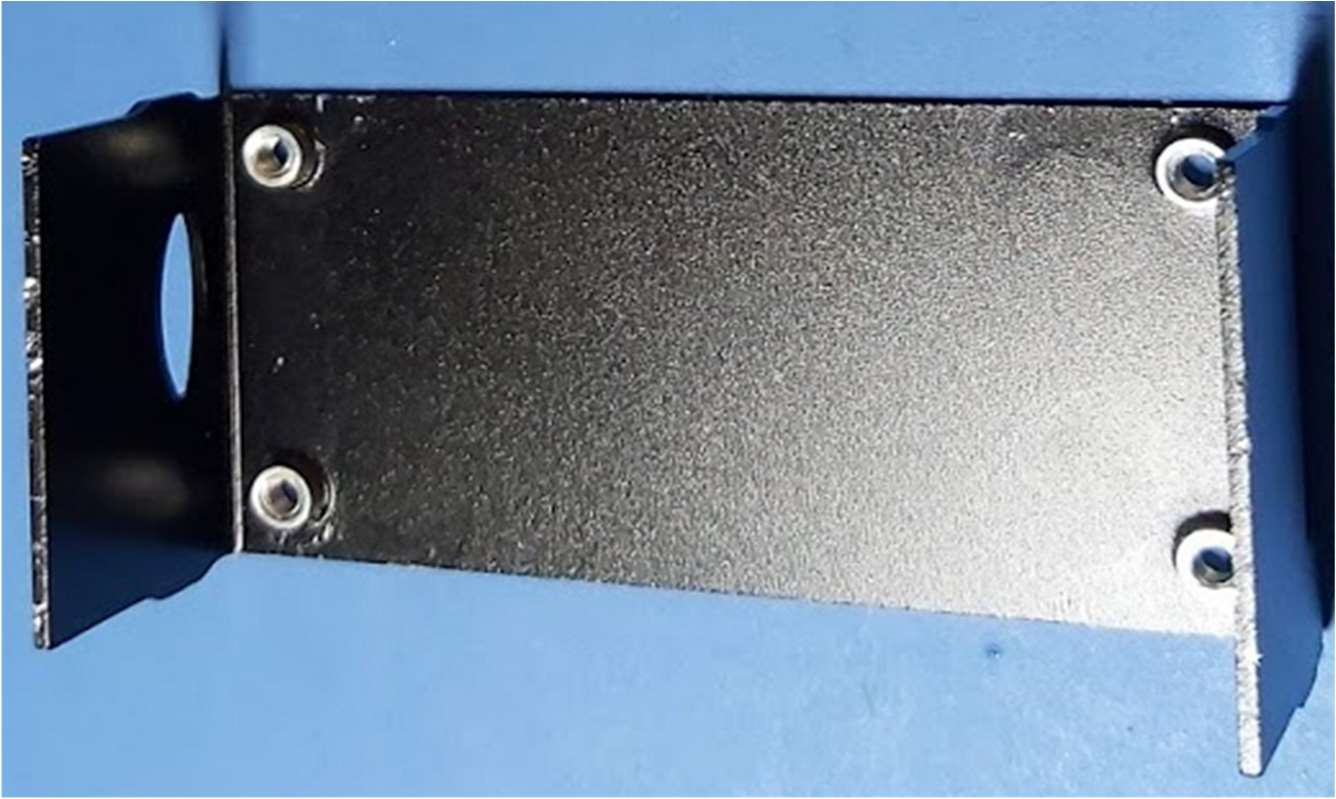
- Install the Raspberry Pi into the lower case using the 2 short screws next to the header pins. Note
the SD Card Slot is on the left in the photo.
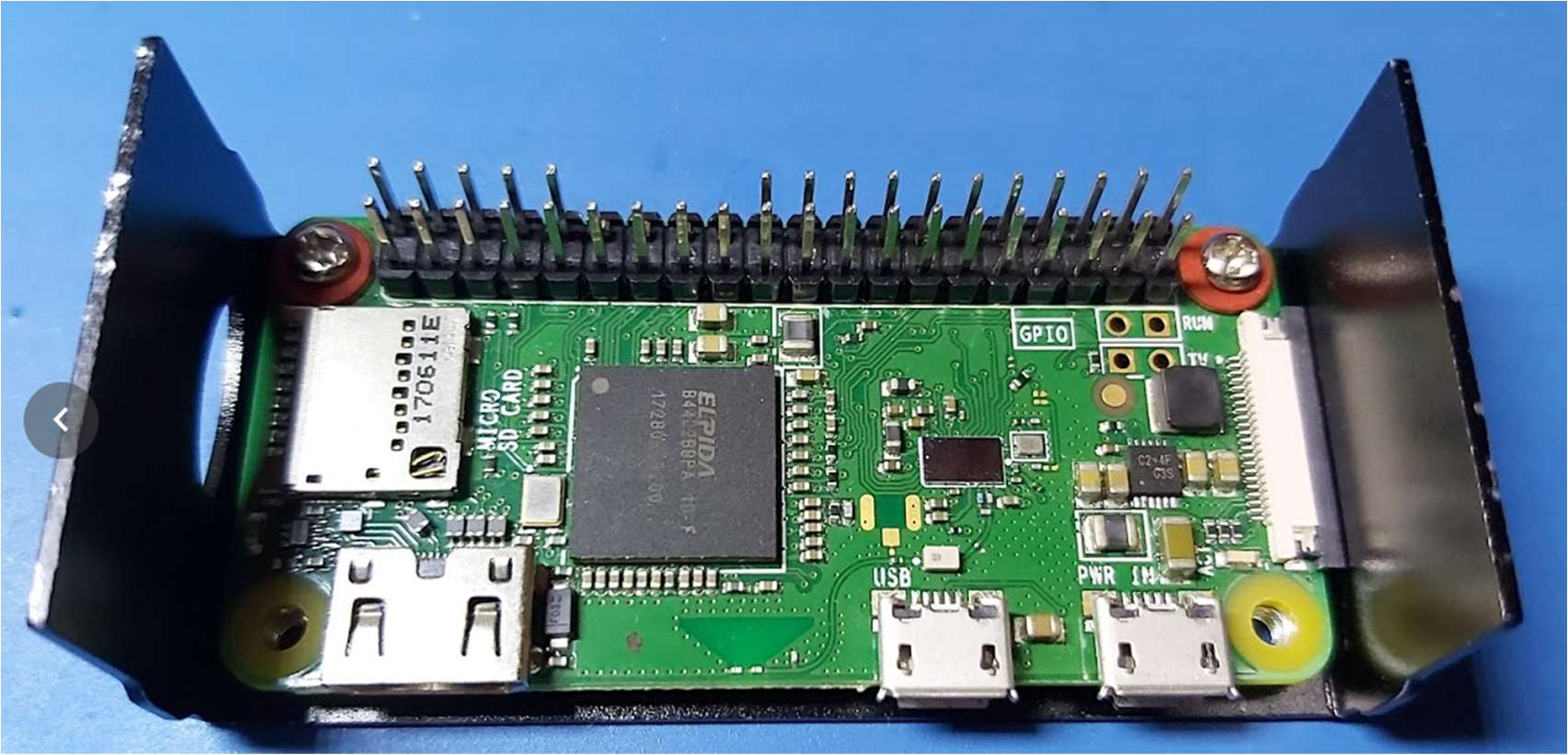
- Install the MMDVM Board by plugging it into the Raspberry Pi. Note that the pins from the OLED are
not touching any of the pins on the Raspberry Pi.
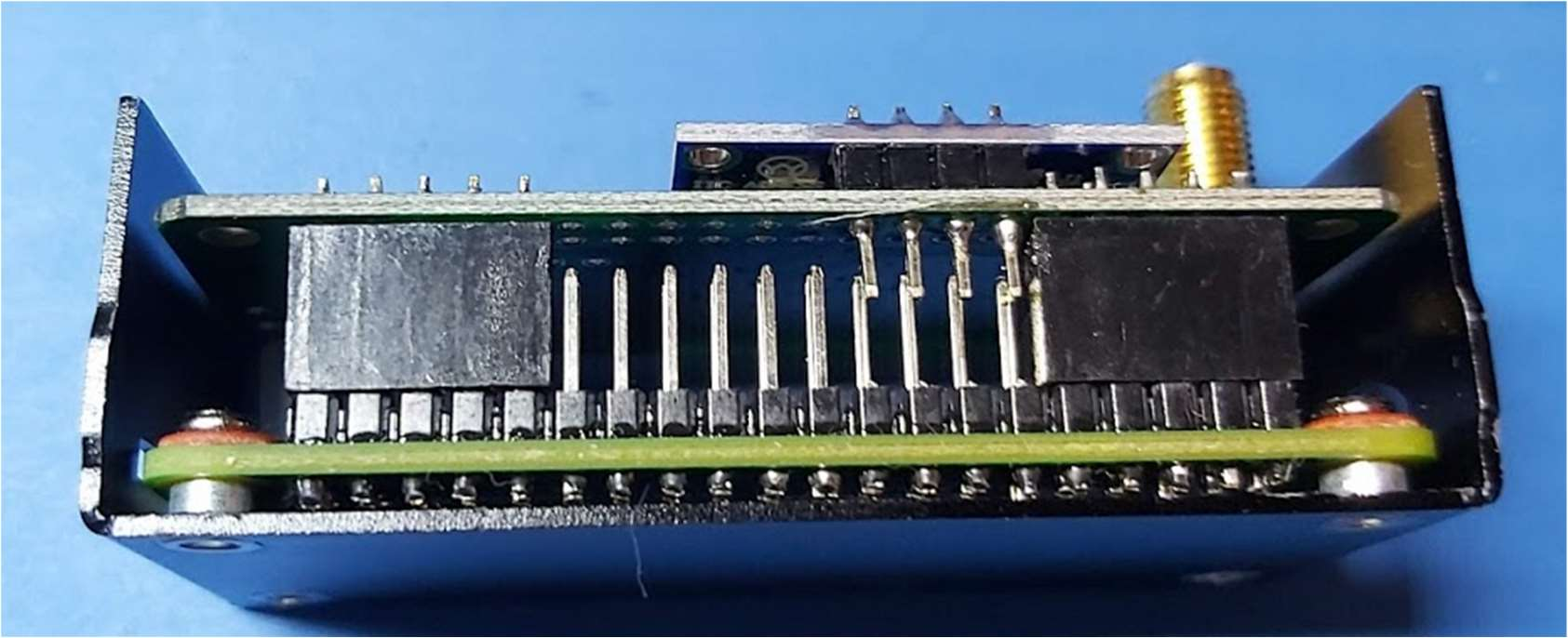
- Use a pair of long nose pliers or tweezers to hold the two plastic spacers while installing the 2 long
screws.
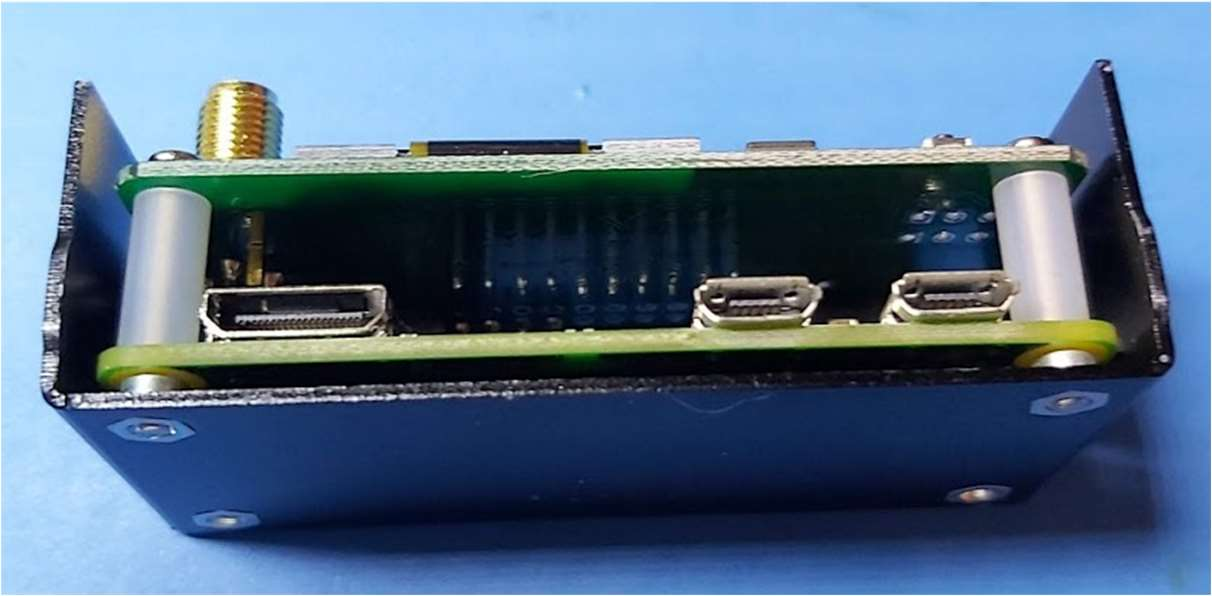
- Align the SMA connector on top of the MMDVM board with the top part of the case and clip the case
into place. Note the case should easily clear the connectors on the Raspberry Pi, if it doesn’t check
that the Raspberry Pi is installed in the correct orientation with the oval hole on the SD Card side of
the Raspberry Pi.
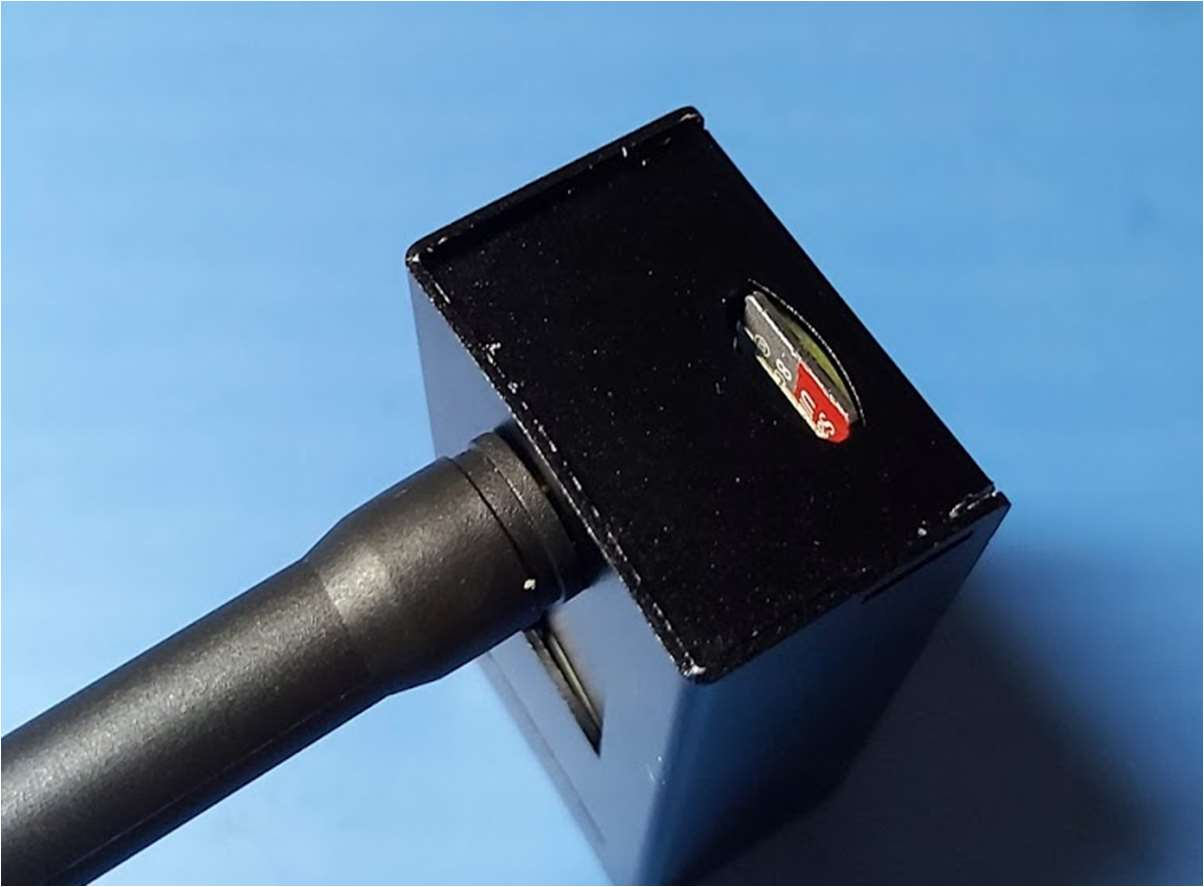
- Screw on the antenna. Don’t install the SD Card Yet as we need to install the software onto it.
[Top][Home]
Further Reading
Hanging out with hotspots - ZUM Radio ZUMspot:
https://amateurradionotes.com/hotspots.htm#zumspot
VELCRA's Zumspot & MMDVM Hotspot page:
http://ve1cra.net/main/zum.html
Legacy ZUM Radio Products:
https://zumradio.com/legacy.html
KE5TVB - Jumbospot DMR Hotspot:
https://ke5tvb.com/jumbospot-dmr-hotspot/
[Top][Home]
Glenn Lyons VK4PK
glenn@LyonsComputer.com.au
Ver:gnl20220909 - pre published v0.9











